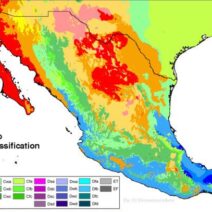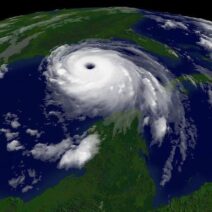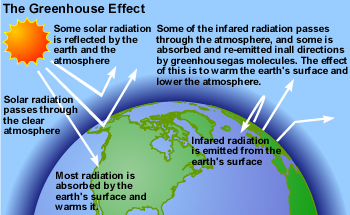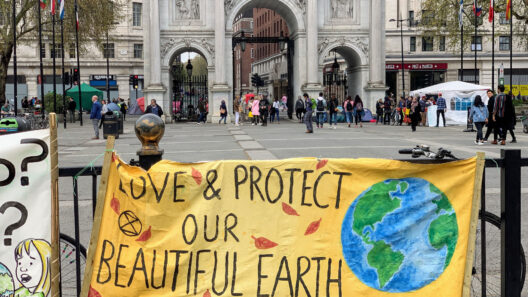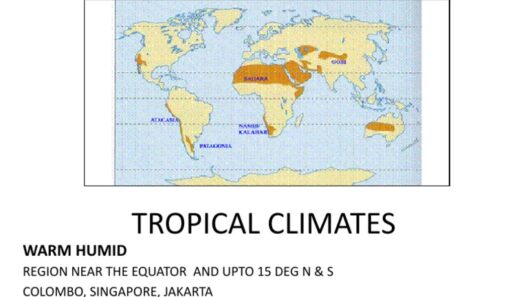Understanding the intricate dance between biodiversity and climate change unveils a complex web of interdependence, where one influences the fate of the other. As the planet grapples with the consequences of climate change, exploring the multifaceted roles that biodiversity plays becomes crucial. This article delves into the nuanced relationship between these two pressing environmental issues, stimulating curiosity and inciting meaningful dialogues on ecological preservation.
When we envisage biodiversity, we often picture lush forests, vibrant coral reefs, and diverse species cohabiting within these ecosystems. However, biodiversity is much more than a kaleidoscope of life. It is the foundation upon which ecosystems thrive, supporting not only wildlife but also human existence. Biodiversity encompasses the variety of life forms—plants, animals, microorganisms—and the genetic diversity within them. This intricate diversity is vital for maintaining ecosystem services crucial for climate regulation, agricultural productivity, and community resilience.
But how does this biodiversity influence climate change? Let us explore this through various lenses, addressing the promise biodiversity holds and the mechanisms that underscore its significance in combating climate challenges.
One of the most immediate ways through which biodiversity affects climate change is through carbon sequestration. Forests, especially tropical rainforests, are renowned for their capacity to absorb carbon dioxide (CO2) from the atmosphere. Trees, through photosynthesis, convert CO2 into organic matter, acting as carbon sinks. A healthy, biodiverse forest, with a variety of tree species, can capture and store significantly more carbon than monoculture plantations. Moreover, diverse ecosystems enhance resilience against pests and diseases, ensuring that they remain robust carbon sinks. In this way, preserving biodiverse habitats directly contributes to mitigating climate change by removing greenhouse gases from the atmosphere.
Yet, the role of biodiversity in climate change extends beyond mere carbon capture. It encompasses the promotion of soil health and fertility, which are indispensable in supporting agricultural systems. Diverse plant species contribute to nutrient cycling and enhance soil structure, facilitating better water retention and reducing runoff. This diversity leads to agricultural resilience, increasing the capacity of crops to withstand climatic extremes such as droughts and floods. Biodiverse agricultural systems, often referred to as agroecology, are not only more sustainable but also produce healthier food options, thus contributing to climate adaptation at a community level.
Additionally, the interplay between species interactions magnifies the intricate relationship between biodiversity and climate. Predators, herbivores, and decomposers all contribute to a balanced ecosystem, which is necessary for sustaining life. For instance, predator species help control populations of herbivores, ensuring that plant life does not dwindle excessively and that forests and grasslands can continue to function as natural carbon sinks. Moreover, decomposers play a pivotal role in breaking down organic material, returning nutrients to the soil, and enhancing its fertility. This feedback loop illustrates how maintaining biodiversity is crucial for fostering ecosystems capable of withstanding the burgeoning impacts of climate change.
Resilience against climate change is perhaps one of the most compelling arguments for protecting biodiversity. Ecosystems teeming with diverse species are often more adaptable to the fluctuating conditions wrought by climate change. For example, coral reefs, when healthy, can withstand thermal stress to a certain extent. However, when biodiversity decreases due to pollution or overfishing, these ecosystems become more vulnerable to bleaching events caused by rising sea temperatures. Thus, the preservation of genetic diversity among coral species can serve as a buffer against climate perturbations, safeguarding marine environments and the myriad of species dependent upon them.
As climate change intensifies, the migration patterns of species are being disrupted, leading to shifts in ecosystems and species distributions. The loss of biodiversity can restrict the ability of species to adapt or migrate, causing extinctions that further destabilize ecosystems. Recent studies suggest that maintaining corridors for wildlife movement and restoring habitats can alleviate some of these pressures. By fostering biodiversity, we essentially provide ecosystems the tools they need to acclimatize to changing climatic conditions, facilitating dynamic adaptation processes.
Furthermore, biodiversity offers tangible solutions in the realm of renewable energy. The potential for harnessing bioenergy from diverse plant species is immense. Biomass derived from a variety of flora contributes to sustainable energy alternatives, thereby reducing reliance on fossil fuels. Cultivating diverse energy crops enhances soil health and reduces the risks associated with monocultures, such as pest outbreaks and crop failures. These strategies spark innovative conversations on how we can harmonize energy production with ecological preservation.
In conclusion, the relationship between biodiversity and climate change is profoundly interconnected. Biodiversity does not merely exist as a backdrop to our environmental crises; rather, it plays an active role in shaping the climate’s trajectory. From carbon sequestration to agricultural resilience and adaptability, the myriad contributions of biodiversity highlight the urgency of protecting our planet’s varied ecosystems. As we advance into an uncertain climatic future, recognizing and amplifying these connections could pave the way toward a more resilient and sustainable coexistence. Engaging with this knowledge invites us to rethink conservation as not simply an altruistic pursuit, but as a pragmatic approach essential for the survival of our planet and humanity itself.

